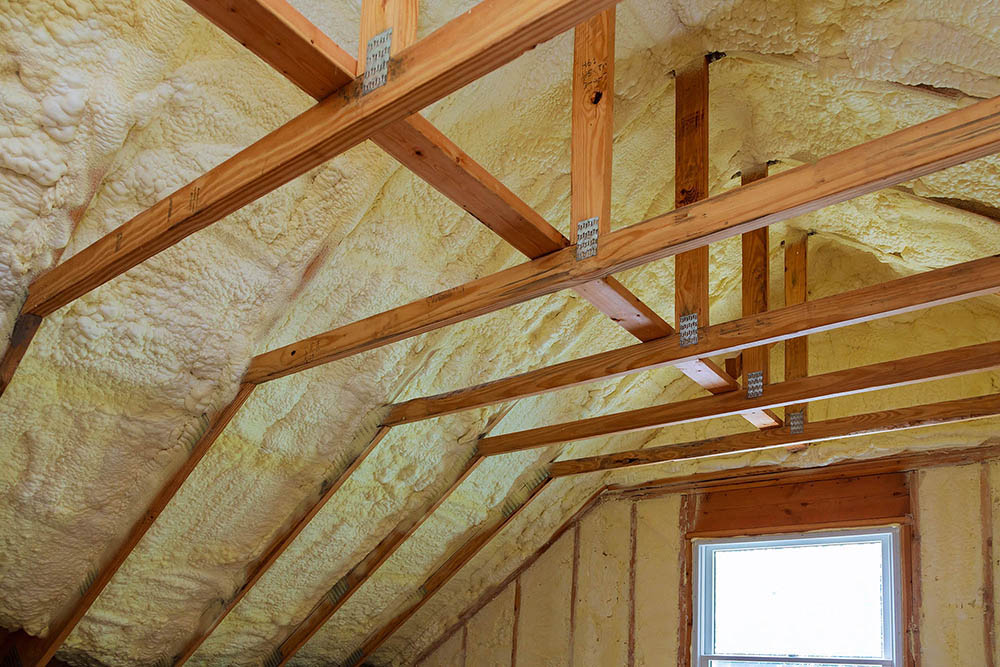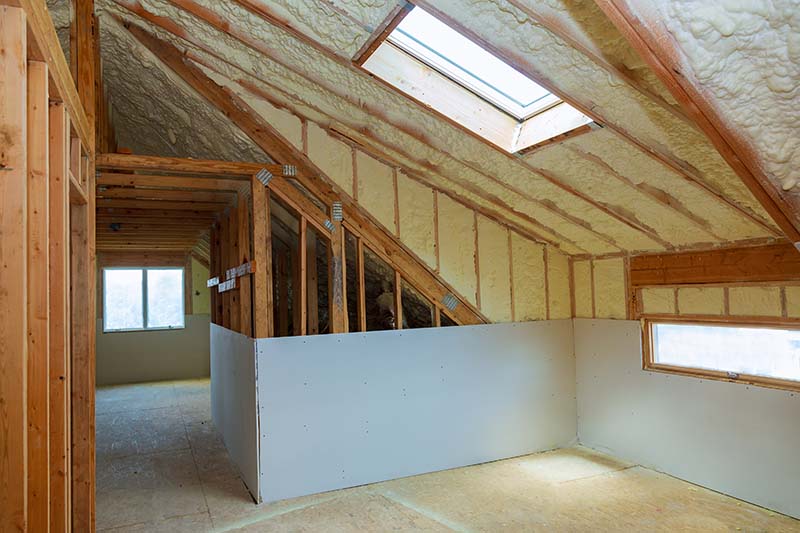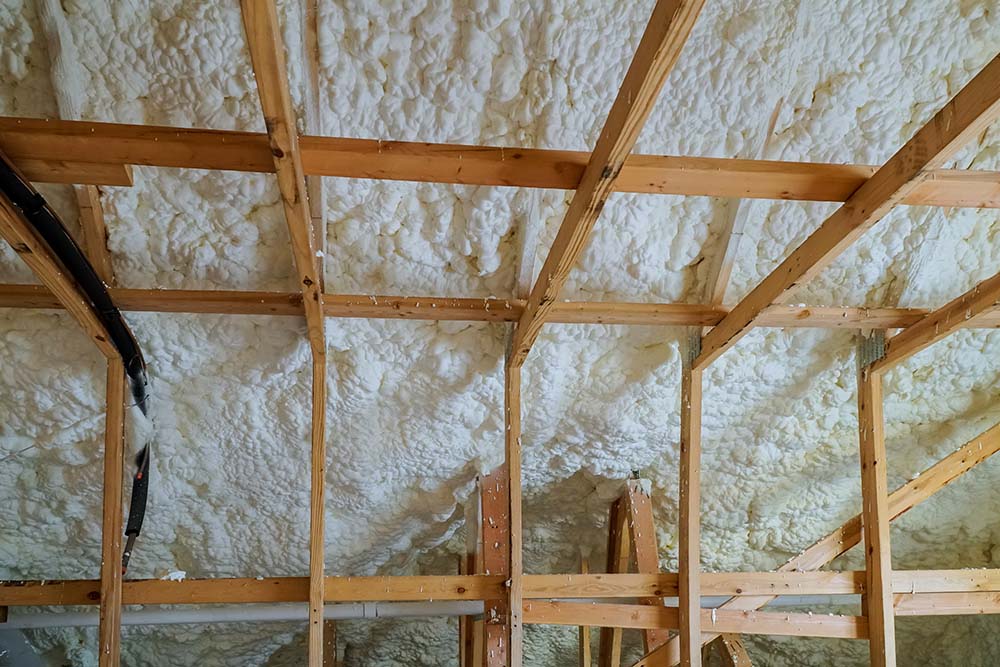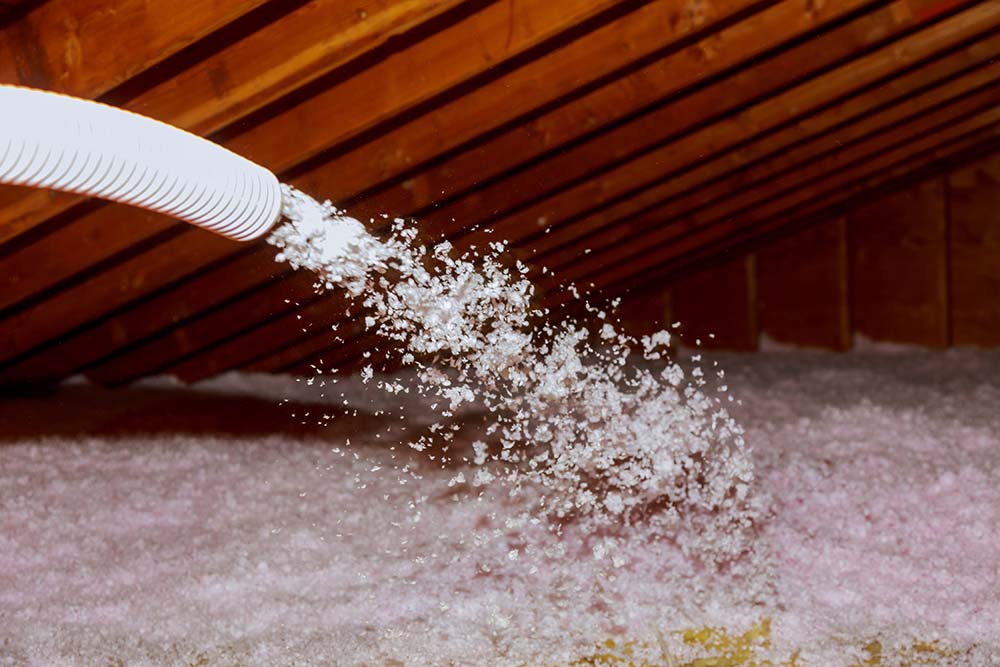Safe and sound insulation refers to insulation materials that provide both thermal and acoustic insulation.




Along with being safe for human health and the environment. Moreover, these types of insulation are typically made from natural materials, such as wool, cotton, or cellulose. They do not contain harmful chemicals or toxins.
Following are the types of safe and sound insulation:
Rock wool– One popular type of safe and sound insulation is rock wool, which is made by spinning molten rock into fibers and then pushing them into batts or rolls. Moreover, rock wool provides excellent soundproofing as well as thermal insulation, and is also fire-resistant.
Cellulose insulation- Another popular safe and sound material is cellulose insulation. In addition, the experts make it from paper that they reuse and treat with borates to make it fire-resistant and insect-resistant. Besides, cellulose insulation also effectively lessens sound transmission and improves indoor air quality.
Wool insulation- Other safe and sound insulation options include wool insulation, which is made from sheep’s wool and is naturally fire-resistant, and cotton insulation. Moreover, the expert team uses denim which is also a good acoustic insulator.
There are many benefits of safe and sound insulation, including:
Improved energy efficiency: Firstly, Safe and sound insulation can help reduce heat loss in the winter. Moreover, it also lessens heat gain in the summer, which can lower your energy bills and reduce your carbon footprint.
Better indoor air quality: This is made from natural materials and does not contain harmful chemicals or toxins that can off-gas into your home’s air, making your indoor air quality better.
Improved acoustics: Safe and sound insulation can help reduce noise transfer between rooms and from outside sources, providing a more peaceful and comfortable living environment.
Fire resistance: Many types of safe and sound insulation materials are naturally fire-resistant or treated with fire-retardant chemicals, providing an added layer of safety in case of a fire.
Sustainable: Safe and sound insulation made from natural materials is often made from renewable resources and is recyclable, making it a more sustainable choice for your home.
Batts or rolls:
Loose-fill:
Spray foam:
Soundproofing:
Before you begin, make sure to wear proper gear such as gloves, a mask, and goggles to prevent any problem or injury.
Firstly, Measure the space you want to insulate. afterward, cut the insulation material to the appropriate size using a utility knife or a pair of scissors.
Secondly, clean the area where you plan to install the insulation to remove any debris or dirt that may hinder the installation process. Make sure there are no gaps or cracks in the walls or ceiling
Next, place the material into the wall or ceiling cavity, pressing it in firmly but not so hard that it loses its shape. Make sure to cover the entire area you want to insulate. Seal the edges: Use a caulk gun to seal any gaps or cracks around the edges to prevent air leaks
Finally, when you have the insulation, you can cover it with drywall or another wall finish.
Contact us for further details!